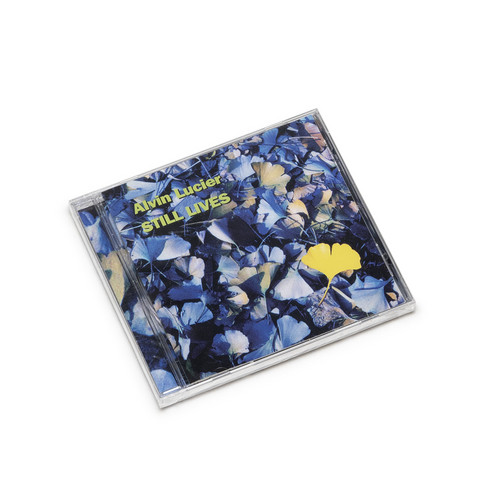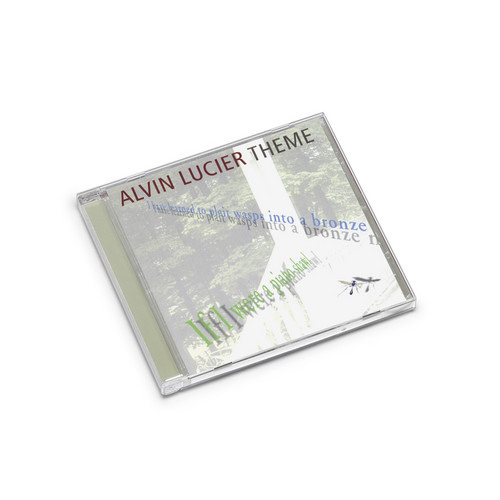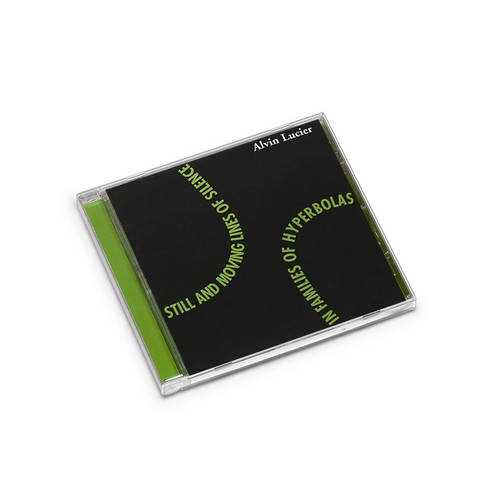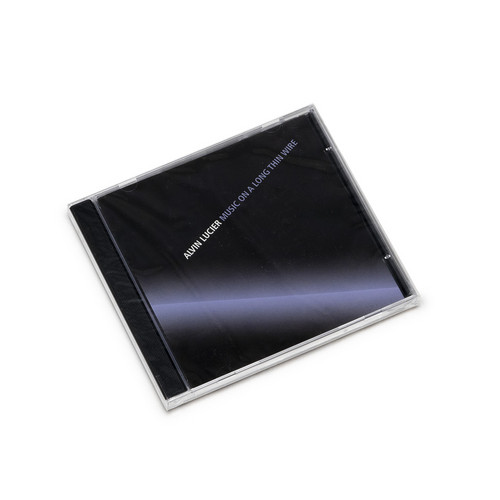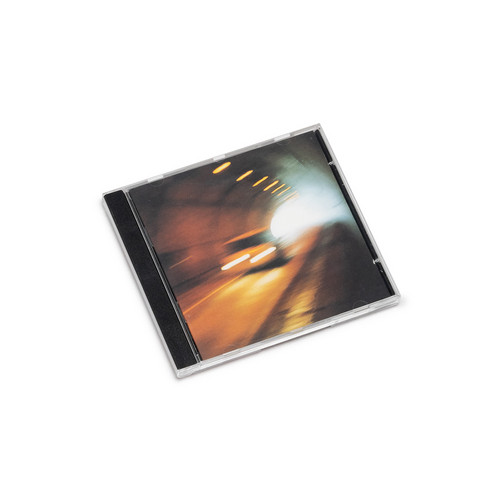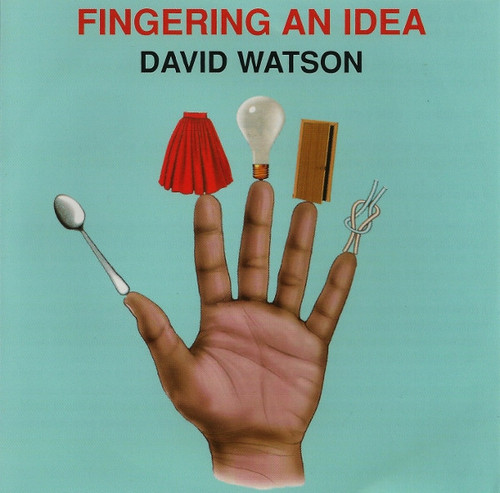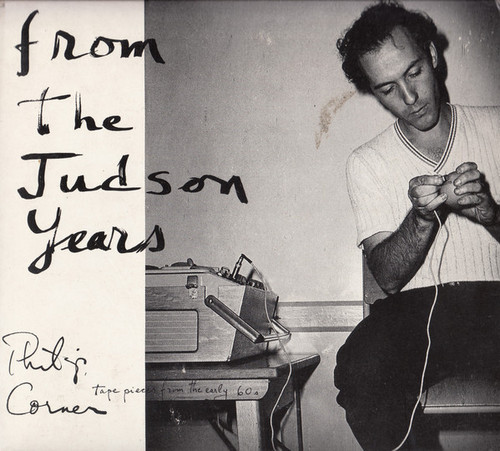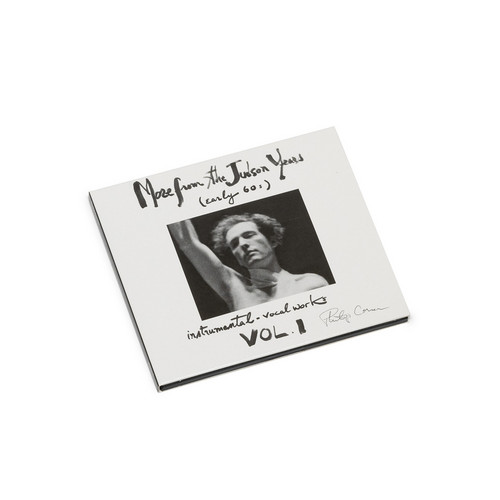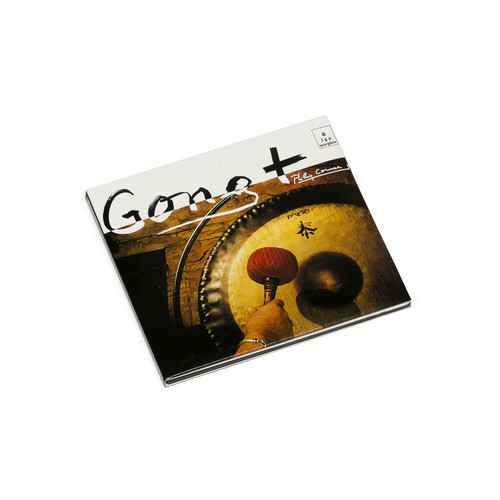Reissues
Still Lives
Three amazing works for pure waves and instruments. Lucier has pioneered in many areas of music composition and performance, including the notation of performers’ physical gestures, the use of brain waves in live performance, the generation of visual imagery by sound in vibrating media, and the evocation of room acoustics for musical purposes. His recent works include a series of sound installations and works for solo instruments, chamber ensembles, and orchestra in which, by means of close tuni…
Theme
Theme features three works from Alvin Lucier. Music for Piano with Magnetic Strings is a work in which the strings of a piano sound by themselves. Several EBows (small electromagnets used primarily with electric guitars) which would cause the piano strings to vibrate and sound are placed on the strings of the piano. The pianist works from a prose score which describes the process and suggests she freely position and reposition five EBows on the piano strings, creating strands of sounds of v…
Crossings
Three works investigating interference between instruments and oscillators. When closely tuned tones sound together, their oscillations create audible beats that spin through space. Lucier reveals acoustic phenomena through minimal means
Still and moving lines of silence in families of hyperbolas
Monumental reissue of Lucier's four-part investigation into acoustic interference. Musicians sustain tones against fixed sine waves, creating audible beat patterns that reveal the hidden architecture of sound itself
Music on a long thin wire
First released on Lovely Music in 1980, Music on a Long Thin Wire is a classic example of Alvin Lucier's investigations into the physics of sound and the sonic properties of natural processes. A 50-foot length of taut wire passes through the poles of a large magnet and is driven by an oscillator; the vibrations of the wire are miked at either end, amplified and broadcast in stereo. The thin wire is set vibrating four times at four different frequencies; what results is not the low drone one migh…
Bunhill Row
500 copies, numbered edition, few available. 1980 was an incredibe year for London’s experimental music scene with many different strands. Recommended Records were rereleasing the first two Faust LP’s, L. Voag had found ‘the way out’, Swell Maps were ‘in occupied Europe’. Throbbing Gristle and other industrialists were giving plenty of live actions. Nurse With Wound had just released their first LP, as had This Heat. The other great LP on Piano Records by Steve Beresford was also on the shelves.…
Tubridge 99 -00
RESTOCKED, reduced price “I think of Akio Suzuki as a kind of magician, perhaps the most charming, engaging artist I’ve seen, Japanese musician and inventor, instrument builder and shaman Akio Suzuki is probably unknown to most of you. But we think his work is utterly captivating and crucial; it deserves a much bigger audience. Akio has been performing, teaching and building instruments for nearly 40 years. His music is simple and pure, and beautifully unworried by the rules of modern music. He …
Fingering an idea
Disc 1: Dexter Music for highland bagpipes. Highland bagpipes: David Watson, Matthew Welch, Michael Mahoney, Brendan O'Rourke, Rob Brazius & Richard Baughman. Disc 2: Sinister - Music for acoustic and electric guitars performed by David Watson. " "Fingering an Idea" (a phrase pulled from a Chris Mann piece) resulted from a Phill Niblock invitation to make a double CD for bagpipe and guitar. A bagpipe CD is a particular challenge. A high beam spatial explorer, it is the kind of unstable ph…
On tape from the Judson days
"'On tape from the Judson days. Remember? When you made these things at home, on the best equipment you or your other poor friends could find? Electronic music from the 1960s. And you had that Japanese taperecorder with built-in mike; indeed that was the only piece of furniture on your tatami floor on the Lower East Side that summer of 1961.' This compact disc presents tape music recorded between 1962 and 1963 for the friends meeting once a week in a loft in NYC. The first track, 'Lucinda Pastim…
More from the Judson years Vol. 2
2004 release. Excerpts from the liner notes of More from the Judson Years (Early 60s) Instrumental-Vocal Works Vol. 2, written by Philip Corner: "Everything Max Has" (1964), Max Neuhaus solo, recorded at the ONCE Festival, 1965. "A performance of Max's taking down all of his stuff; tons of equipment filling entire stages." "Big Trombone" (1963), Jim Fulkerson improvisation over tape collage. "Homage to Revere" (1962) for ensemble of copper-bottom kitchen utensils. "Punkt" (1961) for ensemble of …
More from the Judson years Vol. 1
2004 release. "Yet not to forget that extraordinary place where so much of the new and exciting performances at that most interesting time in New York, took place. There was a Theater there; and a place for the first Happenings. An Art Gallery... and later the famous Judson Dance Theater -- the site of Philip Corner's first performance. The concert was in early 1962, January 2nd, to be exact. Excerpts from the liner notes of volume one of More from the Judson Years, Early 60s, written by Philip …
Gong +
2002 release. Gong + presents three previously-unpublished compositions by Philip Corner recorded in New York City, 1974. "Metal Meditations with Listening Center," a 29-minute long piece, is a collaboration between Philip Corner and Bill Fontana. At that time Bill Fontana was very interested in the resonance properties of every object, putting his ear to everything, and sometimes recording what he called "Listening Centers," a microphone placed in a resonating space (for example a jar, or a pip…
